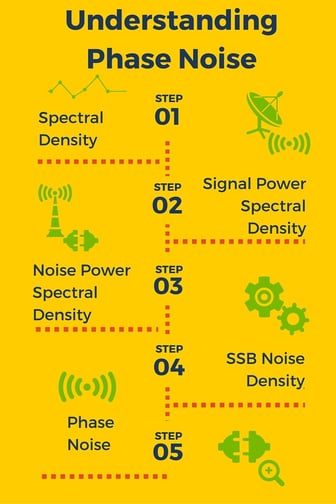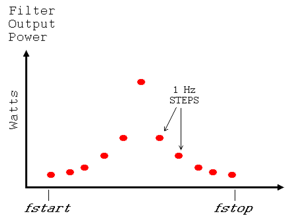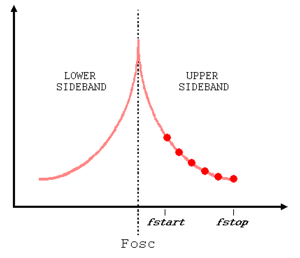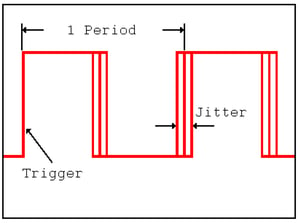Maintaining strong frequency stability in electronic RF circuits by eliminating phase noise is important in many high-end communication applications. This is especially true for precise targeting in radar systems and spectral purity in other communication systems.
Let's take a deep dive into exactly what the terms phase noise and jitter mean. This will help give you a better idea why reducing a system's phase noise is so important.
What Is Phase Noise?
In the simplest terms, phase noise describes the stability of an oscillator in the frequency domain, while jitter describes stability in the time domain.
A Simple 5-Step Process to Understanding Phase Noise

Step 1: Spectral Density
When plotting each spectral density point at varied frequency intervals of your choosing (In this case every 1Hz), you're left with a graph that looks like this:

Step 2: Signal Power Spectral Density
You are now looking at what is known as the signal power spectral density of the noise.
Now focus only on the upper sideband of the graph from fstart to fstop; this is called the "single sideband."

Step 3: Noise Power Density
We can now refer to the plotted part of the single sideband as noise. Anything above the nominal oscillator frequency (Fosc) and not harmonically related can be considered phase noise. The technical term for this part of our graph is noise power density. We measure noise power density in dBW (LOG(Watts)) at this point because of the large range at which we are looking.
Step 4: SSB Noise Density
Step 5: Phase Noise

What Causes Phase Noise?
- High vibrations
- Micro vibrations
- G-forces and acceleration sensitivity







